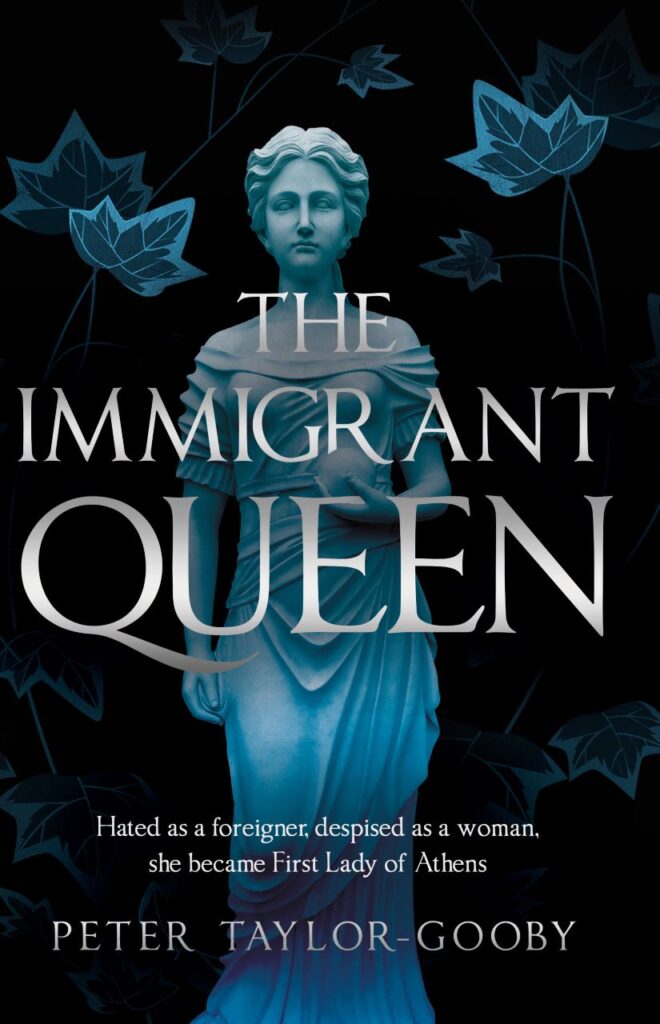Heir to the Everlasting
Daugharty’s Heir to the Everlasting celebrates strong Southern women and their bonds. A multigenerational tale, it begins at the start of the 20th century in Georgia. Pinkie Alexander takes her seven-year-old motherless granddaughter, May, with her to get her own seven-year-old son, Jack, out of jail. Jack is in prison for killing a sharecropper on Pinkie’s estate, Big Eddy (that’s the estate, not the sharecropper). Pinkie gets Jack out of jail and the murder charges dropped. Jack does not grow up to be the hero of the story, though; May is the protagonist along with her grandmother, and subsequently her own strong-willed granddaughter.
The narrative spans the entire 20th century, from the flu epidemic of 1918 through Carter’s presidency to the death of Princess Diana. Of all those events, the flu has the biggest impact on Pinkie and May. Otherwise, their lives take on that peculiar insularity, unique to plantations, where the land is everything. May marries a deputy sheriff and goes to live with him in Florida, just over the state line, but Big Eddy and Pinkie are always there. After her husband’s death, May lives out the rest of her life at Big Eddy, being Pinkie to her own granddaughter Sara Ann, the girl’s father Herman being a nonstarter – as many of the men in this story are.
May was born with a caul, giving her the gift of second sight, but that is only a characteristic of hers, not the focus of the story. Rather than a strong narrative line, the novel is made up of a series of vignettes, like May feeding prisoners in her husband’s jail and aiding in their escape. Ultimately, the story is that Pinkie loved May and Big Eddy, May loved Pinkie and Big Eddy and Sara Ann, and Sara Ann loved May and Big Eddy.










